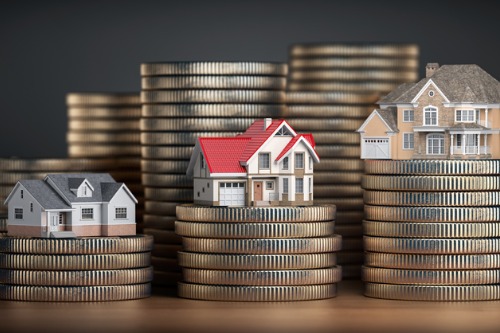NAR says that most metros saw rising prices amid lower inventory

The fourth quarter of 2019 saw a surge in home prices in US metros according to the National Association of Realtors.
Its latest quarterly report shows that the final three months of last year showed higher median single-family home prices in 94% of the 180 measured metros compared to the previous year.
The national median existing single-family home price in the fourth quarter was $274,900, up 6.6% from the fourth quarter of 2018.
"It is challenging – especially for those potential buyers – where we have a good economy, low interest rates and a soaring stock market, yet are finding very few homes available for sale," said Lawrence Yun, NAR chief economist. "We saw prices increase during every quarter of 2019 above wage growth."
Mortgage costs lower
The actual 2019 Q4 median family income increased to $79,740 from $77,093 one year ago. However, thanks to lower interest rates, the share of this income that mortgage repayments on a median priced home required decreased to 15.3% from 17.2% a year earlier.
With mortgage affordability defined as a family spending no more than 25% of its income on mortgage payments on a 30-year mortgage with 20% down payment (the qualifying income), the wage required to afford a mortgage was $48,960, down from $52,896 a year earlier.
For first-time homebuyers affordability also improved with the starter median home price in 2019 Q4 down to $233,800, while the monthly mortgage payment decreased to $1,006, assuming a 10% down payment.
Double-digit price gains
Eighteen metros saw double-digit price growth in Q4 2019.
"Rising home values typically create wealth gains for existing homeowners as shown in NAR's latest study, however, areas that are deemed 'too expensive' will obviously have trouble attracting residents and companies looking to do business there," Yun said. "We need a good balance that benefits both current and future homeowners, but right now, the balance is still in favor of home sellers."


